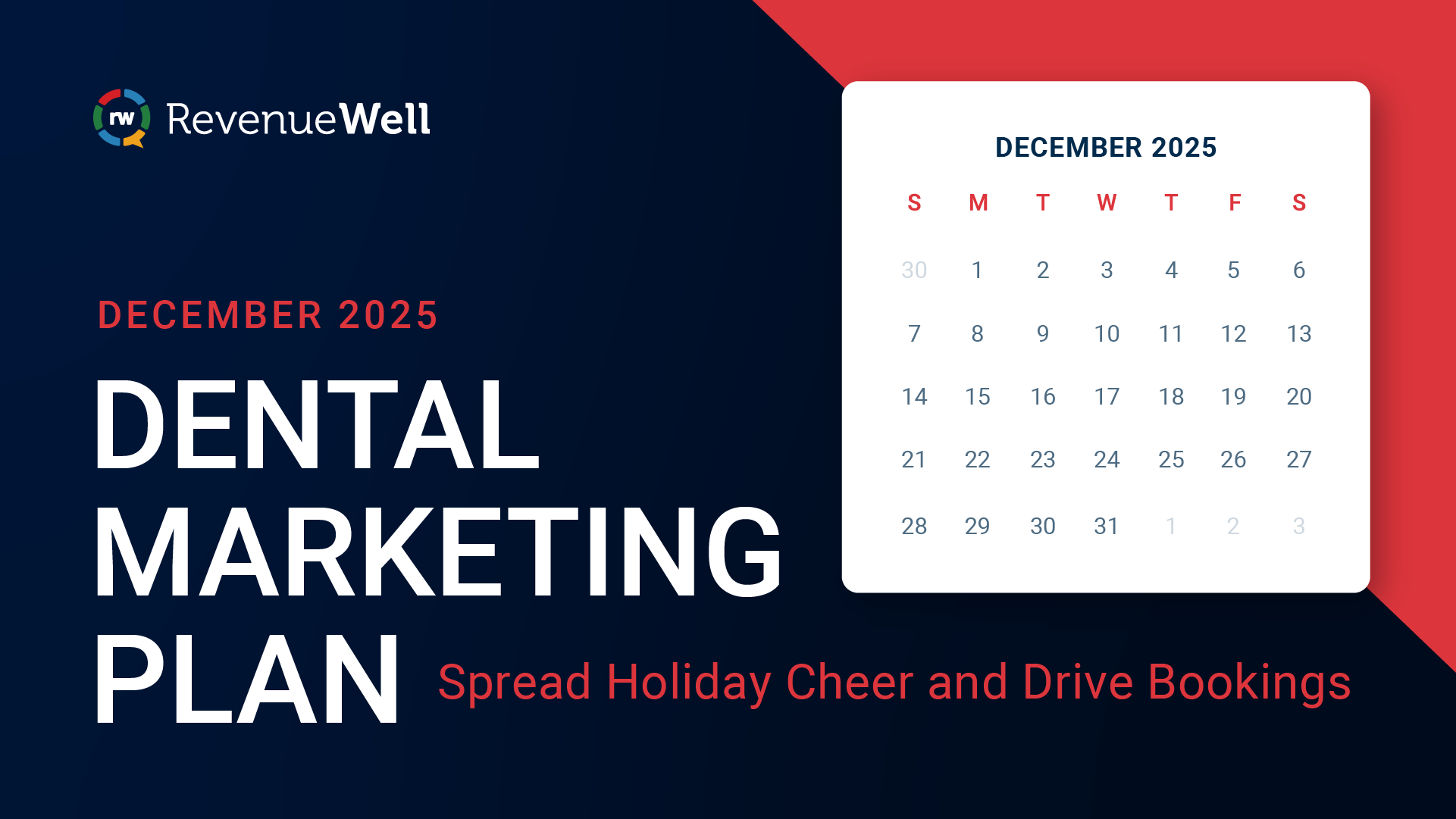The Value of a Simple Patient Newsletter

Unlike most people who blog on dental marketing and patient communications, I have (at least for the time being) a unique perspective on the subject. How so? Well, I’m the farthest you can get from an industry veteran. I’m not a doctor, I’m not a tenured dental consultant, I haven’t spent most of my life working at a dental office – in fact, I’ve known very little about dentistry until my partners and I started RevenueWell: an exciting service that’s helping practices all over the country get healthier, bigger and more productive. Ok, how is this a virtue all of a sudden? Simple: I can still, if I try real hard, put myself in the shoes of an average patient – the know-nothing, appointment-skipping, don’t-fix-it-till-it-hurts-real-bad patient that you work with every day.
One bit of sad news I-the-patient have for you is I don’t think about you. As in, pretty much ever. Unless I have an appointment with my doctor today, she doesn’t cross my mind. The other bit of bad news is that in my head, my dentist lives in the same small box as my plumber or that guy I called last year when my roof was leaking. That’s the “people to call when something’s broken” box.
What’s worse, most dentists don’t help the situation one bit by consistently being the strong silent types when it comes to patient communication. Very few doctors make the attempt to get on their patients’ radars outside of the scheduled appointment time, and even fewer make a conscious effort to get out of the break-fix box in the patient’s mind.
Moving out of the plumber quarters is an exercise that us marketers call positioning. Depending on where you are as a practice, it may require some staff training, some investment into services and technology, some rebranding even. The point is to “position” yourself in the patients’ minds as a “lifestyle” dentist: somebody who doesn’t just fix things but can make a positive impact in their lives. Make their smile whiter. Make them feel better. Improve their self-confidence. Although no one thing can help you instantly position yourself this way, you have to start somewhere.
Enter the patient newsletter. A simple monthly or quarterly communication that you can use to a) remind patients of your existence and b) to educate them on the fact that modern dentistry can do great things for them. Something that can be as simple as this:
When it’s done well and delivered regularly, this simple email can really help you by:
- Complementing your recare program: Often times, your recall postcard or even a phone call by itself isn’t enough to motivate the patient. A newsletter can provide a timely additional touch and reinforce the need for ongoing dental care.
- Increasing sales of elective services: Believe it or not, but the biggest reason your patients don’t buy more cosmetic and other elective services from you is because they don’t know you offer them. In other cases, patients just assume that a solution to their problem is painful or expensive, or will take weeks to complete. Trust me when I tell you that none of your patients know you can place a CEREC veneer on their discolored tooth in little more than a lunch break. Why not tell them?
- Encouraging quality referrals: If you do them right, your newsletters will contain useful educational content that people like to share. The beauty of an email newsletter is that it can be forwarded with just a few clicks – exposing more people in the community to your great practice.
Dental Practices who send regular dental newsletters benefit from lower attrition, better treatment acceptance and a more engaged patient base. The trick to success, though, is to make this initiative last. More often than not, we see doctors get going with a newsletter program, run it for six months or a year and then give up. Here are two ways to avoid this:
- Don’t have somebody at the practice produce the newsletter. If you do, it will always be the first thing that gets cut when you get busy. This sets you up for a scenario where you start regularly communicating with patients; patients eventually respond to the outreach and fill up your schedule; you cancel the newsletter because you can’t keep up with it. Think two steps ahead and have somebody outside the office take charge of this. Gladly, there are no shortage of options out there – including, of course, my company.
- Don’t manage your distribution list manually. Most companies that provide newsletter services ask you to regularly provide a list of your current patients and their email addresses. This is a big drain on your staff, and it gets out of control quickly as you add patients, have patients unsubscribe from the newsletter list, have patients ask you to change their email address, etc. Work with a company that piggy-backs off your practice management software for all patient contact information. In the case of RevenueWell, this can even help you target the newsletter to specific groups of patients according to their recall status, diagnosed conditions and other criteria.
An email newsletter will never be an end-all be-all solution and probably won’t – all by itself – completely change the way I-the-patient feel about my dentist. But it can be an easy, inexpensive way to boost awareness, increase engagement and maybe – just maybe, get me thinking about my doctor when I’m not in pain.




